BMW Impresses with 3D Printed Roof Bracket for BMW i8 Roadster
BMW has been using 3D printing for more than 25 years, so the automotive manufacturer has built up a high level of expertise over the decades. Recently, the company has leveraged 3D printing to create some interesting concept cars, but BMW uses 3D printing for more than just creative concepts – it’s putting the technology to work in real-world applications. In fact, BMW is leading the way in the use of 3D printing for mass production in the automotive industry by creating the first metal 3D printed part to be successfully produced for a road car.
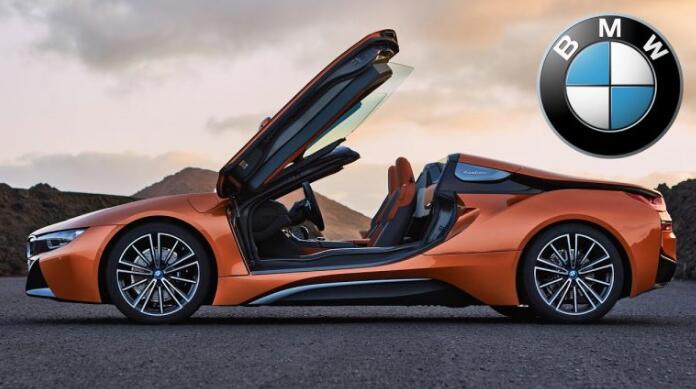
The part is a roof bracket for the 2018 BMW i8 Roadster, and it had been in the works for 10 years, until 3D printing advanced to the point at which it could begin producing the part in mass quantities, though relatively small ones. The bracket makes the soft top of the automobile quickly raise and lower and fold and unfold in a zigzag configuration. It wasn’t an easy part to design. It needed to lift, push and pull the weight of the roof, and its design was necessarily complex, making it impossible to cast.
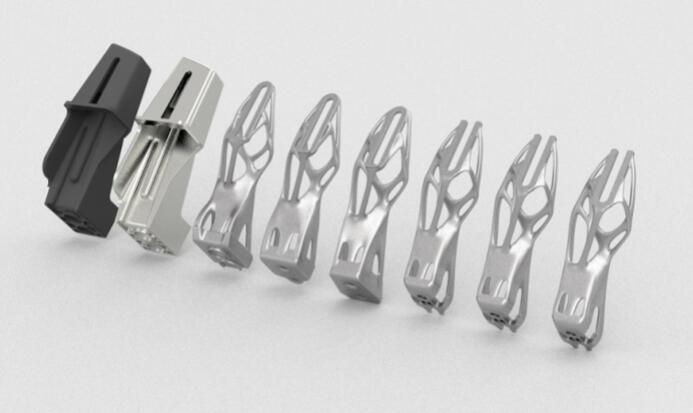
BMW’s designers and engineers used topology optimization software to input specifications like the space they had available and the weight of the load they needed to move, and the software generated a load path, which is a design that distributes the load to minimize the amount of material required in the part. Frequently, the load path is too complicated to be translated into a physical object, even through 3D printing. Complex designs require additional supports, which take up additional space and add extra steps to the production process, making it too lengthy and costly.
The BMW part, which was designed by Maximilian Meixlsperger, Head of Metal Additive Manufacturing at the company, overcame these challenges.
What BMW did is get this done without support,” said Richard Yen, Altair Senior Vice President for Global Automotive and Industry. “Now they can print one batch at a time for mass production, They can print more than 600 of these brackets in one batch.”
Yen was one of the judges at the recent Altair Enlighten Awards, which honor advancements in lightweighting technology. BMW’s 3D printed roof bracket earned a lot of attention at the awards ceremony for its innovative design, which is 44% lighter than the roof bracket conventionally manufactured for the previous Roadster model.
“When the judges looked at this part, we said, ‘this is the tip of the iceberg for manufacturing,’” said Yen.
BMW was not the biggest winner of the evening – that was GM, which took top awards for reducing the weight of its 2019 Chevy Silverado by 9%, 450 lbs. lighter than the 2018 model of the vehicle. The company achieved this through thinner and stronger new steels, mysterious new assembly processes, and computer simulation. While GM may have taken the top awards, however, BMW got plenty of attention for its roof bracket, which heralds a new era of mass production through metal additive manufacturing.
Lightweighting is obviously a major goal for the entire automotive industry, as lighter-weight vehicles use less fuel and are thus more efficient in cost as well as more eco-friendly. Additive manufacturing is being used by many in the industry to deliver more lightweight parts, and although BMW’s roof bracket is a small part of a much larger machine, its impact on the product as a whole is a big one.
Source: 3d print

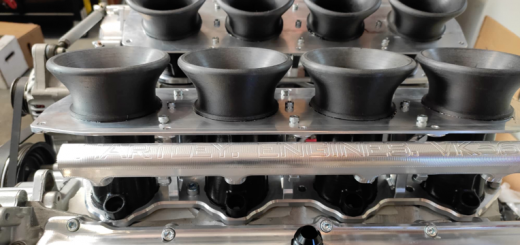
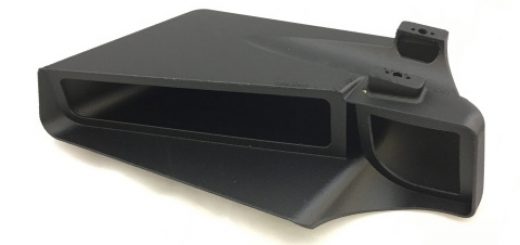
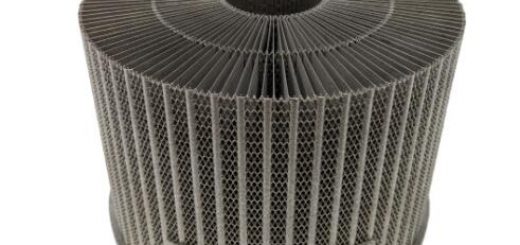
Recent Comments